What is involved?

A Gastrostomy feeding tube is a soft, flexible tube that goes into the wall of your stomach. It is easily hidden by your clothes.
The outer end of the tube sits on the outside of your skin and is capped shut. This tube can be used to give you added nutrition, hydration and certain medications directly into your stomach rather than through your mouth and down your throat.
Having the Gastrostomy Tube Placed
There are two types of Gastrostomy tubes available, a Percutaneous Endoscopic Gastrostomy (PEG) and a Radiologically Inserted Gastrostomy (RIG).
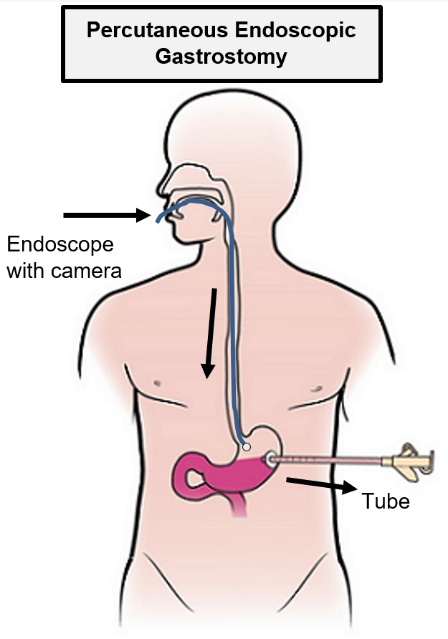
A PEG is a feeding tube that is placed while you are sedated by a Gastroenterologist who is skilled in doing this procedure.
A tube is pulled down through the throat, stomach and then through the abdominal wall. It is quick, simple procedure that uses an endoscopy camera to guide the tube in place. The procedure takes 30-60 minutes and requires an overnight stay in hospital. However, if the procedure has been delayed or if there are any problems you may need to stay in hospital longer.
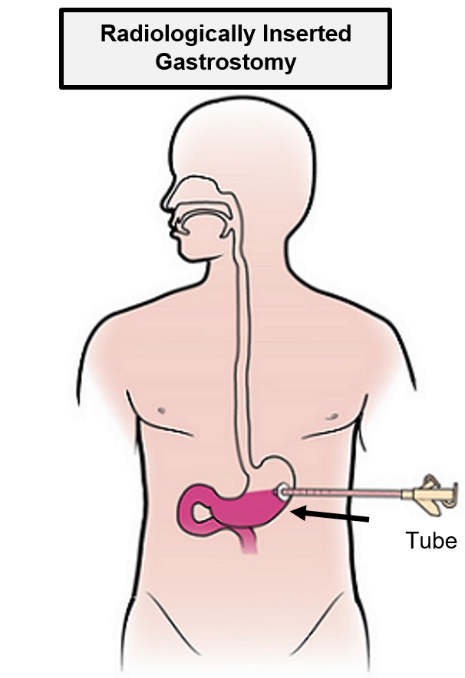
A RIG is a feeding tube that is fitted under local anaesthetic by the radiology department. It is placed through your skin directly into your stomach using x-rays as a guide. A RIG is often used for people with breathing problems, who may not be able to have a PEG placed.
Your Gastroenterologist will discuss with you the procedure that is most suitable for you.
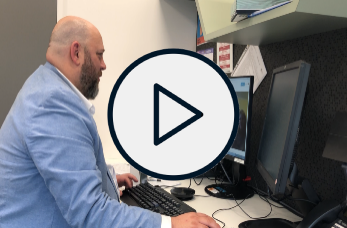
Click here to see an animated version of a PEG being placed (pull method)
What to expect after the procedure
| Expect to feel some pain at the PEG site, including cramping or gas pain. You will be prescribed some medication for the pain. Let staff know if pain is increasing or not relieved by medication. You will receive some education on the PEG before you discharge. Usually a Hospital Dietitian will explain how to start using the tube for feeds. If you are unsure about any aspect of the PEG be sure to ask staff to explain/demonstrate for you. Don’t worry if you forget. Information on how to clean, rotate, administer feeds and medications through the tube, along with troubleshooting can be accessed on this app. |
Feeding
Your dietitian will recommend the type and amount of feed you need and help you work out when to have your feeds. Initially, you may not need to put any feed down your Gastrostomy feeding tube and can continue to eat and drink normally. At this stage it is still important to flush your tube regularly with water. However, if you are having difficulties swallowing you may need to start topping up your meals with additional feed down the tube. Your dietitian will show you the different methods of feeding and help you choose one that best suits your lifestyle. There are two main methods of Gastrostomy tube feeding:
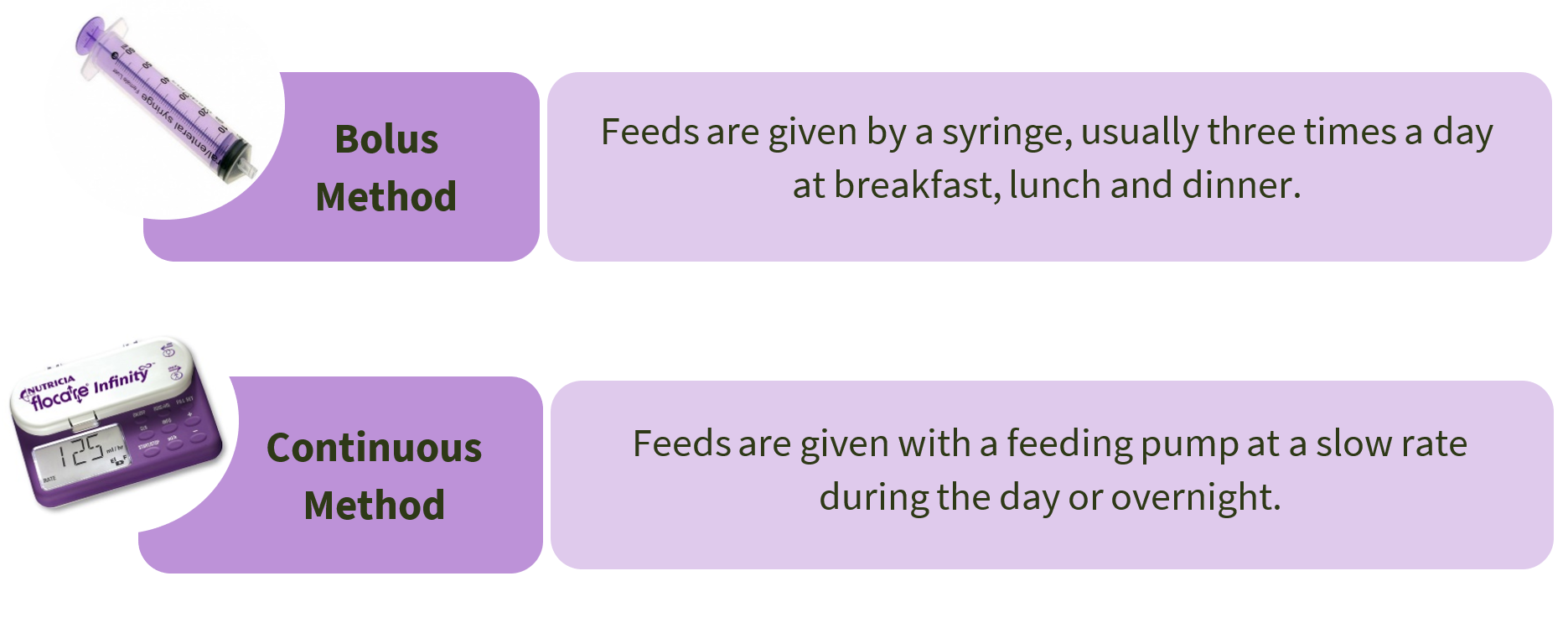
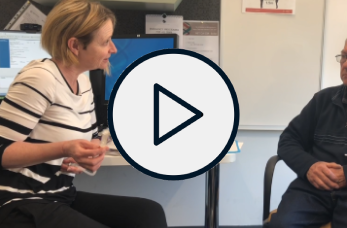
Click here to watch Liz (Dietitian) introduce the methods of feeding (3 minute video)
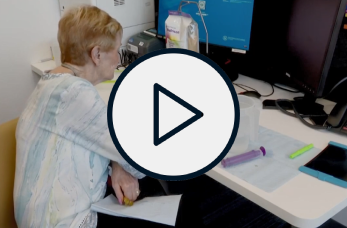
Click here to watch a demonstration of bolus and continuous feeding (7 minute video)
Click for an online pump simulator training tool – this link demonstrates the most up to date feeding bags and equipment
Click for a fact sheet on bolus feeding with gravity method
Click for a fact sheet on bolus feeding with a pack
Click for a fact sheet on bolus feeding with a plunger
What is feed formula?

Feed formula is specially designed nutritional liquid that provides all of the protein, carbohydrates, fats, vitamins and minerals that are important for health. This means that if you can no longer eat and drink through your mouth, the feed is able to provide you with all of the nutrition that your body needs. The feed will often look like a milky drink, however it can come in different varieties to suit allergies, intolerances and dietary needs.
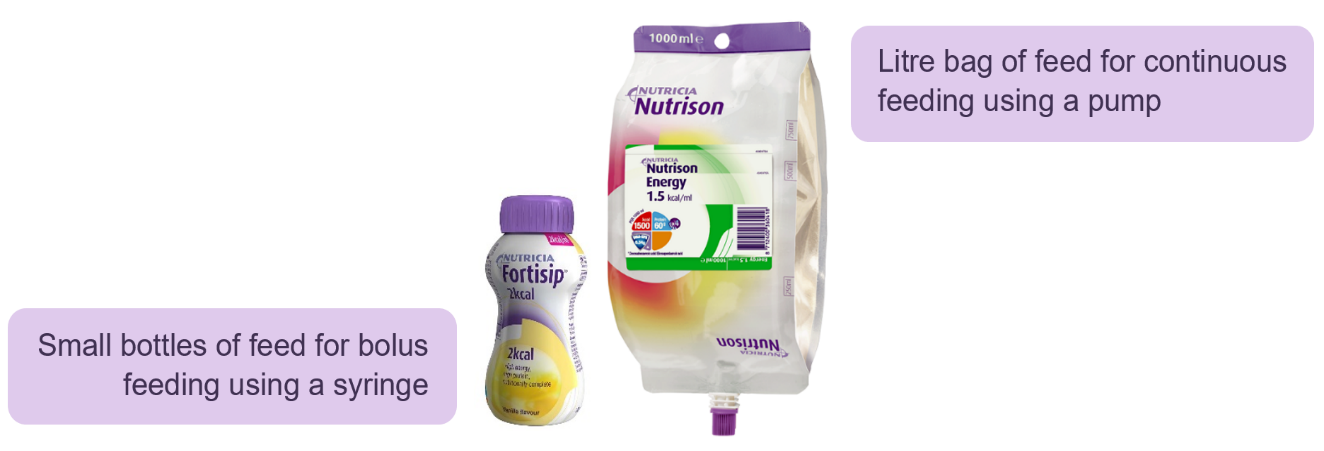
 It is not recommended to put normal food down the feeding tube as it can block and can increase the risk of gut issues. Normal food would also need to be diluted to pass through the feeding tube, decreasing the nutrient content.
It is not recommended to put normal food down the feeding tube as it can block and can increase the risk of gut issues. Normal food would also need to be diluted to pass through the feeding tube, decreasing the nutrient content.
Administering Medications
| Certain medications can be taken through the Gastrostomy feeding tube. Check with your Pharmacist which medications are available in liquid form and which can be crushed and put down the tube. If a tablet can be safely crushed, use a medicine crusher to grind it into a powder and dissolve it with water before putting it in the tube. For more information, speak with your Doctor and Pharmacist. | 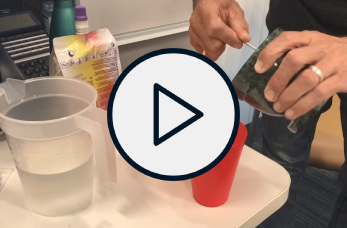 Demonstration of how to give medications down the tube (3 minute video). |

Mouth Care and Hygiene
Good oral hygiene helps reduce bacteria in the mouth and can reduce the risk of chest infections. It is important to continue oral hygiene and mouth care even if you are receiving nutrition and hydration from a Gastrostomy feeding tube. Mouth care should include brushing of the teeth, gums and tongue with a soft toothbrush. For more information, speak with your Speech Pathologist or Dentist.
Page 2 of 6